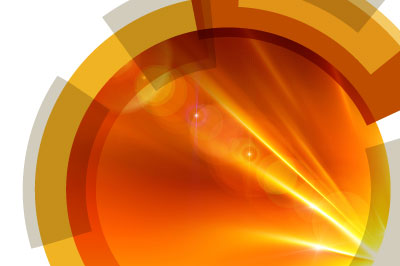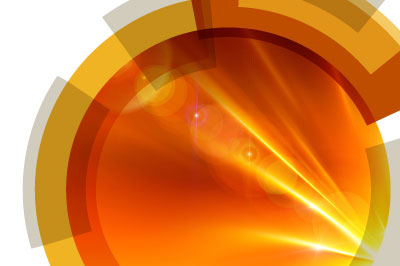The impact of intermolecular interactions are vital across many fields from drug formulation, materials design, and crystal engineering. Despite this, the calculation of Gibbs free energy (lattice energy) is often a challenge.
In this work, Hofmann and Kuleshova used experimentally determined crystal structures from the Cambridge Structural Database to train a machine learning model and create a general force field.
The method shows good accuracy, and presents a means to predict chemical and physical properties of crystals (including co-former screening, polymorph stability, and solubility), in a computationally affordable manner.
In this webinar we hear direct from the author Dr Detlef Hofmann on the details of the work. You will learn;
Who should attend?
In this work, Hofmann and Kuleshova used experimentally determined crystal structures from the Cambridge Structural Database to train a machine learning model and create a general force field.
The method shows good accuracy, and presents a means to predict chemical and physical properties of crystals (including co-former screening, polymorph stability, and solubility), in a computationally affordable manner.
In this webinar we hear direct from the author Dr Detlef Hofmann on the details of the work. You will learn;
- The improvements to force fields required
- Planning the work and the choice to use experimental data
- Methods and results
- Conclusions and future work
Who should attend?
- Computational chemists
- Drug formulation scientists
- Cheminformatics scientists
- Materials design scientists










